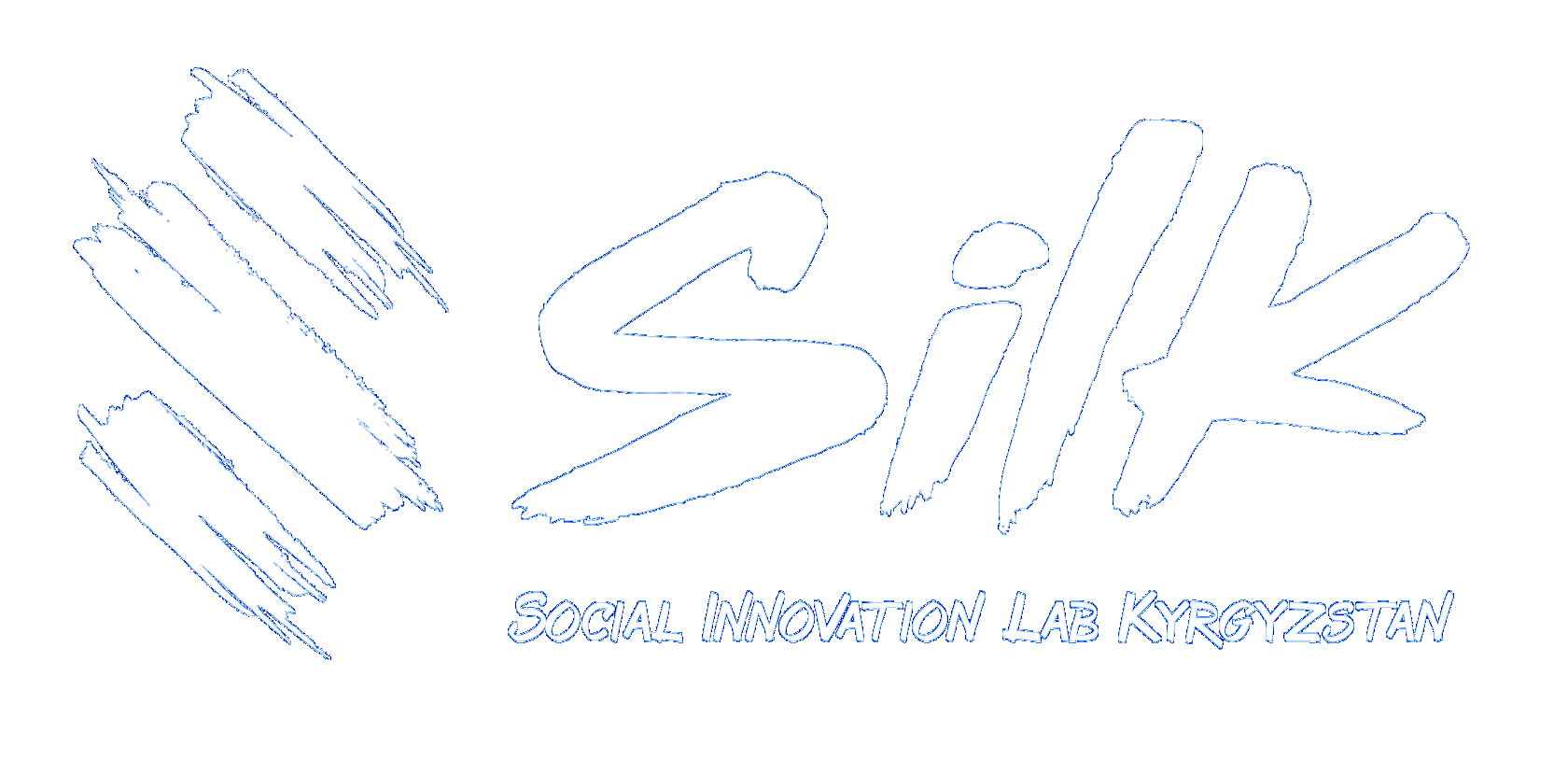Overview of Innovative Tools for Urban Planners and Architects
Altynai Nogoibaeva


A city project, like any other project, goes through a life cycle from idea to implementation. According to the New Zealand Department of the Environment (Urban Design Toolkit, 2009), there are five main stages of urban design. This review covers the tools for four stages: research and analysis, engagement and participation, planning and design, and implementation.
Information technology in urban design is becoming more and more relevant, continuing to develop and rapidly offering new tools and methods for urban researchers and planners.
This paper provides an overview of new technological approaches in urban research and design, examples of gamification and community engagement, as well as technological solutions based on artificial intelligence - machine learning and computer vision. The result of this work was an open database with a set of tools for urban researchers and activists - Shaarman’s Toolkit.
Our initiative simplifies the search for the necessary services and tools for solving specific problems, and also allows us to expand the range of tools used by researchers to obtain new information, engagement and participation, design, and visualization.
Information technology in urban design is becoming more and more relevant, continuing to develop and rapidly offering new tools and methods for urban researchers and planners.
This paper provides an overview of new technological approaches in urban research and design, examples of gamification and community engagement, as well as technological solutions based on artificial intelligence - machine learning and computer vision. The result of this work was an open database with a set of tools for urban researchers and activists - Shaarman’s Toolkit.
Our initiative simplifies the search for the necessary services and tools for solving specific problems, and also allows us to expand the range of tools used by researchers to obtain new information, engagement and participation, design, and visualization.
Full report in PDF format

